Consorzio del Chianti and Gambero Rosso in Warsaw
The first result of the collaboration between Consorzio del Chianti and Gambero Rosso took place in Warsaw on November 14th in the famous restaurant Maka i Woda (water and flour), one of the Italian restaurants awarded by Top Italian Restaurants, the guide that Gambero Rosso dedicates to the best places that express the Italian food culture around the world. Marco Sabellico and Luca Alves Franco, of Consorzio del Chianti, led an audience of enthusiasts and wine operators in a fascinating journey through the territories of Chianti, from Rufina to Colli Senesi, from the Colline Pisane to Montalbano, talking about territory, climate, characteristics of the soils and winemaking styles to a very attentive audience, who followed them in an exciting tasting of seven vintage wines of 2016 and seven Riserva of 2015, which each expressed their denomination. «It was a unique experience - said Andzej Rózycki, owner of Sarwine, an climate-controlled cellar at the service of collectors (he collects and is storing in perfect condition over 60,000 bottles at the moment) - I myself am a collector of Chianti Classico (about 4,000 bottles over 30 years) - and I did not imagine the exponential growth of Chianti in recent years». «My next trip to Italy will be dedicated to the territories of Chianti - added Hubert Borucki, journalist of Polskagola - this deeper knowledge has opened up new horizons». The day ended with tastings of Italian products and excellent pizzas from the Maka i Woda wood-fired oven, which on this occasion received the Due Spicchi recognition reserved to the best pizzerias by Top Italian Restaurants. «It's been a beautiful day - tells us one of the two owners, Adam Vigh - for years we travelled far and wide in Italy selecting the best ingredients, flour, mozzarella di bufala, cured meats and the best EVO oils of small producers, which we collect and ship directly to Poland. My partner Pawel Fabis and I are in love with Italy, and we wanted to offer a place with authentic products to the people of Warsaw. Thanks to Gambero Rosso for recognizing our commitment. And kudos to the producers of Chianti: these are excellent wines that will broaden our offer". In closing the event, an abundant free tasting with over 45 different Chianti wines. A truly great night.
...and Hamburg
On November 16th, we replicated in Hamburg, at the Poletto Wine Bar––a beautiful venue with a thousand labels of great Italian wines and more. The protagonists were equally two, the Italians Remigio Poletto and Luigi Francia, who opened their beautiful restaurant in the elegant and fashionable Eppendorf district a few years ago, taking advantage of their long experience as restaurateurs matured around the world. Two more Chianti series in tasting, vintage and Riserva. With many questions from participants in the event on soils, climate, and winemaking methods. A 360° cpnversation on clones, winemaking techniques, the role of oak in maturation... There was no aspect of the technique and geology that was overlooked, from the role of galestro, of the alberese and of macigno, the three most characteristic soils of Chianti, in the presence of white grapes - when used - in the blend. «It turned out to be a successful event... everyone proved to be very interested. We need to educate in order to make the product known and distribute it successfully» noted Giulia Bernini, sales manager at Bindi Sergardi in Monteriggioni, who attended the event. «It's wonderful to see this interest in Chianti - Remigio Poletto told us - I must say that we too were conquered by the richness of nuances of the different terroirs. We’ll extend our wine list!» On this occasion, the owners of the Poletto Wine Bar were awarded the Due Bottiglie recognition by Top Italian Restaurants. «An incentive to do more, as well as a recognition!» Luigi Francia confessed. The evening ended with a crowded free tasting of 47 different Chianti wines, with the same formula used in Warsaw.
Denomination under the magnifying lens
We spoke to Luca Alves, Events and Foreign Press Manager. Let's start from denomination in figures. We are talking about approximately 15,500 hectares for an average annual production of about 80 million hectoliters, therefore 110 million bottles. With the harvest in 2017, the drop registered was 40%, but with 2018 we're back in the game.
The 3 strengths of the denomination?
Diversity, or rather a territory suited to Sangiovese with its subzones (the zonation is 1932, ed), soils and declensions. Then there's the variety in terms of versatility on the table, from aperitif to appetizers, to the more substantial dishes with the superiore and the riservas: Chianti is an extremely drinkable, modern wine with freshness and snappy acidity. As a third factor, the value for money, which is among the best ever.
Which markets responded the best?
70% of production is for export. The traditional markets are in North America, our market par excellence, but also Germany, and in Japan for Asia. Among the new markets, primarily China, where we have the Chianti Academy, and Southeast Asia; among the newest, Central America and South America with ad hoc initiatives, seminars and lessons.
What are the average prices of the denomination?
Prices are ex-cellar. For a vintage Chianti prices range from 3 to 5 euros. Already at 4 euros the product is more than decent. On the superiore, we add an euro on average, on the riserva the gap is between 6 and 12 euros.
Why are prices not raised?
For a productive and promotional approach in recent decades. Chianti has performed a production renewal as well as of its image, coming in contact with a younger public: Chianti was known above all to a higher demographic (50 and 60 years olds). Before we focused on quantity, on the shelf price, today the challenge is to share our incredible diversity, the priority is quality at a popular price. Because Chianti is a reliable wine, a popular wine.
by Lorenzo Ruggeri

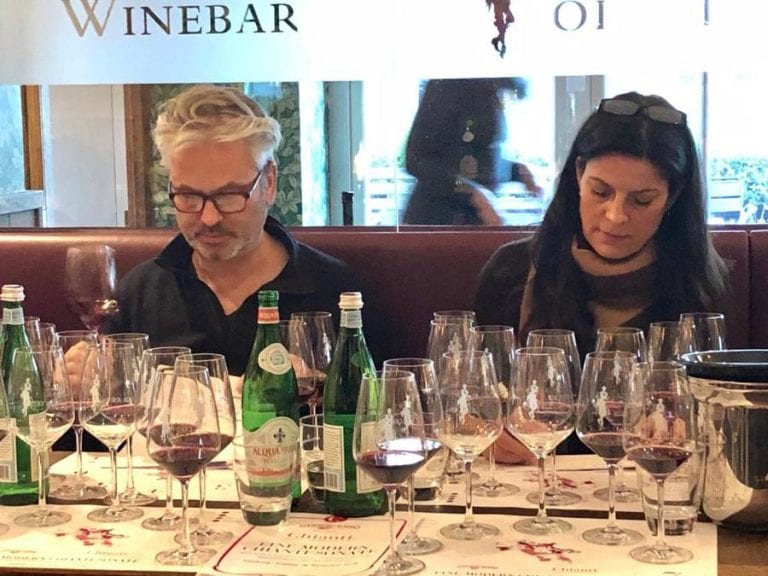
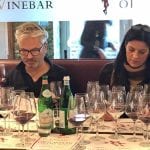
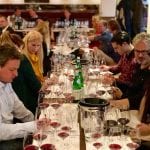
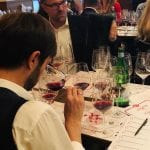
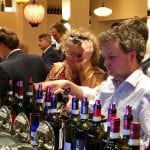
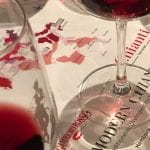
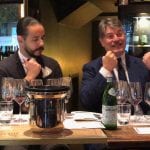
 Wine promotion, vineyard uprooting, and support for dealcoholised wines: the European Commission's historic compromise on viticulture
Wine promotion, vineyard uprooting, and support for dealcoholised wines: the European Commission's historic compromise on viticulture A small Sicilian farmer with 40 cows wins silver at the World Cheese Awards
A small Sicilian farmer with 40 cows wins silver at the World Cheese Awards Women are the best sommeliers. Here are the scientific studies
Women are the best sommeliers. Here are the scientific studies Where to eat at a farm stay in Sicily: the best addresses in the Provinces of Trapani, Palermo, and Agrigento
Where to eat at a farm stay in Sicily: the best addresses in the Provinces of Trapani, Palermo, and Agrigento Wine in cans, bottle-fermented, and alcohol free: the unstoppable change in Gen Z’s tastes
Wine in cans, bottle-fermented, and alcohol free: the unstoppable change in Gen Z’s tastes






